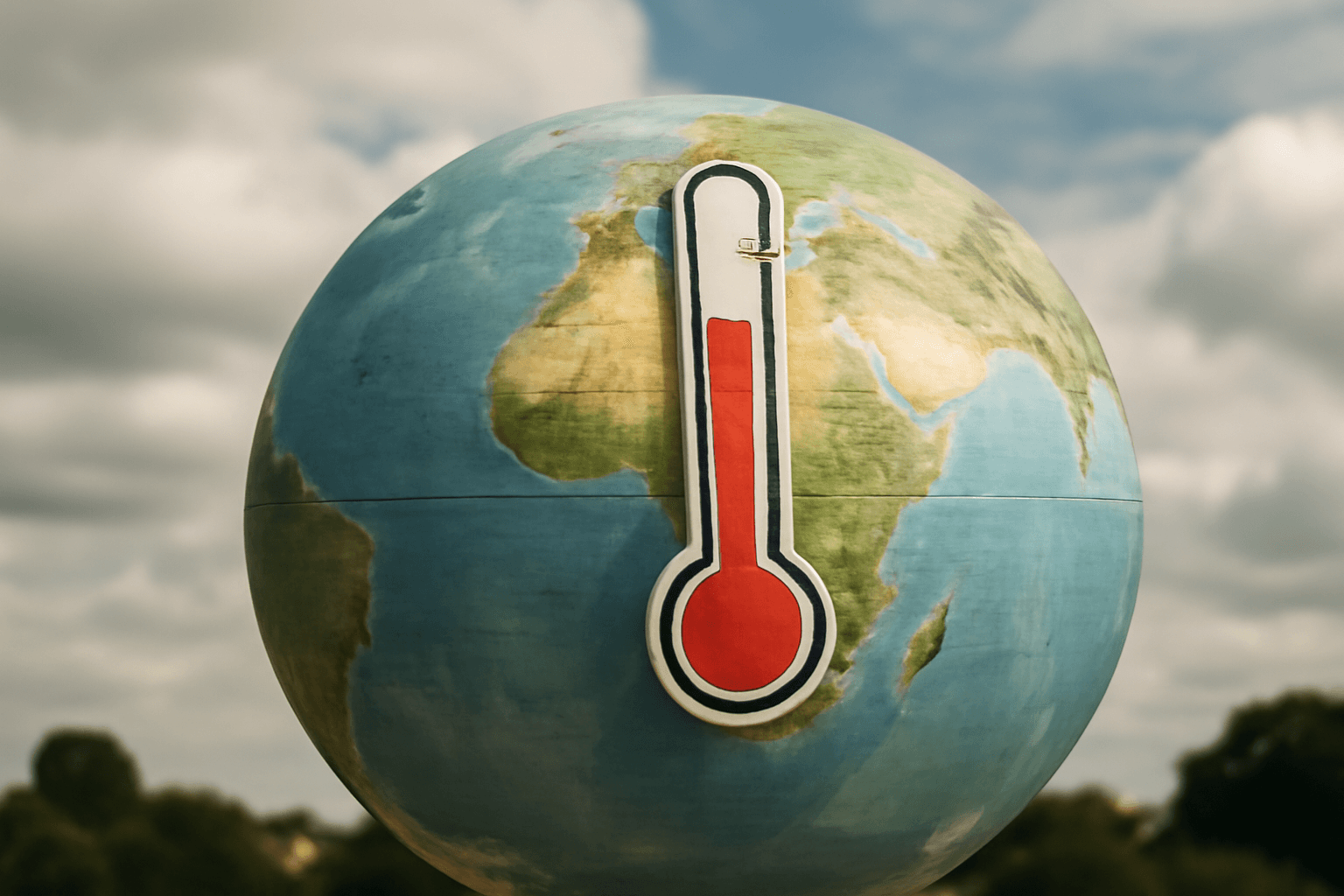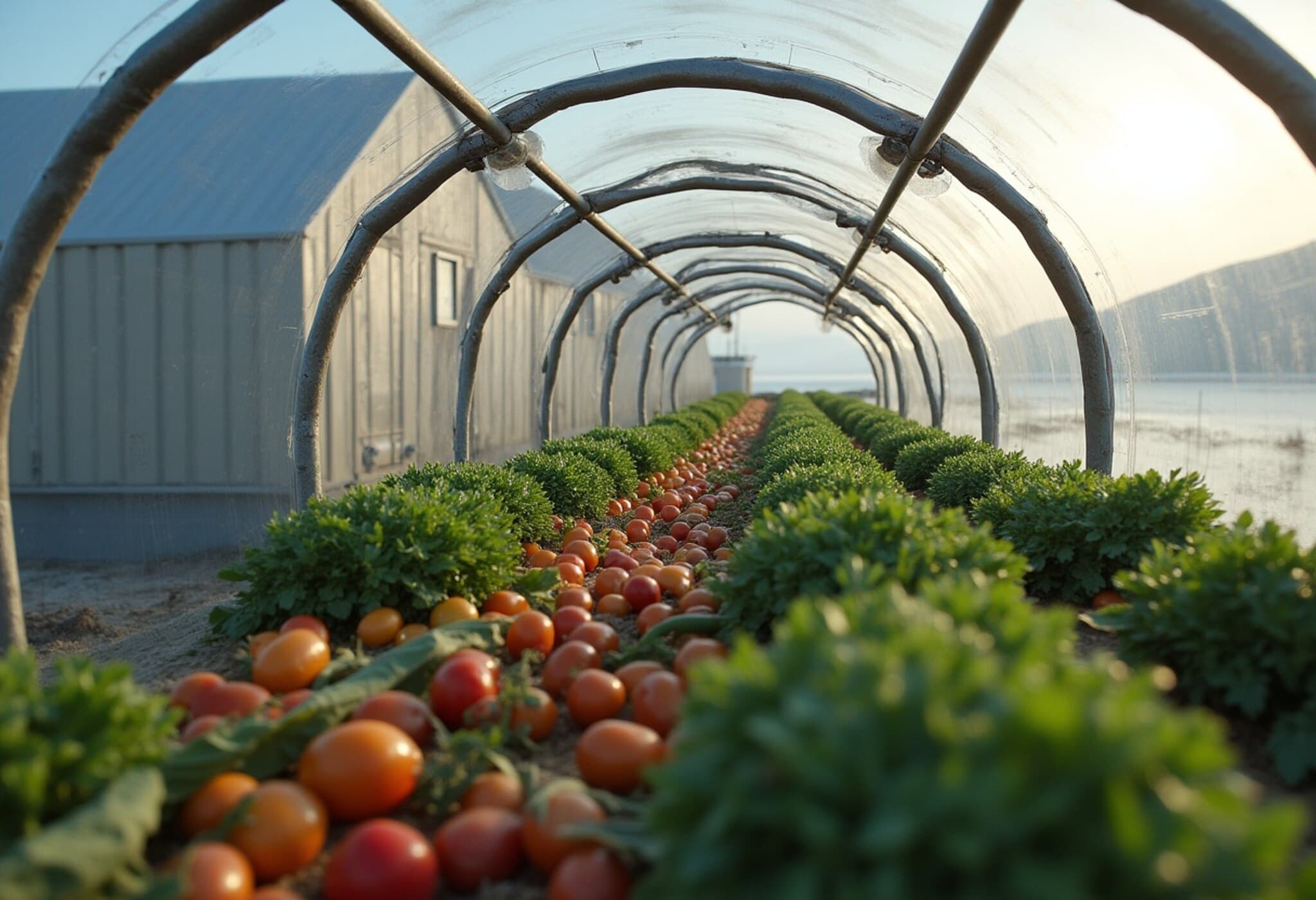Hunger Crisis Escalates Across 13 Vulnerable Regions
The latest joint report from the United Nations’ Food and Agriculture Organization (FAO) and the World Food Programme (WFP) paints a grim picture for 13 critically affected regions worldwide, where hunger is intensifying at an alarming pace. Areas including Gaza, Sudan, South Sudan, Haiti, and Mali are now teetering on the brink of famine, necessitating immediate humanitarian actions to stave off catastrophic outcomes.
Key Drivers Behind the Rising Hunger
The "Hunger Hotspots" report attributes worsening food insecurity primarily to three intertwined factors: ongoing conflicts, severe economic shocks, and climate-driven disasters. These challenges have disrupted local food production, supply chains, and access to resources, ultimately deepening the crisis in some of the most vulnerable communities.
Famine Risks and Population Impact
- Sudan: After famine was officially confirmed in 2024, nearly 25 million people remain at grave risk due to continuing conflict and widespread displacement.
- South Sudan: Political instability combined with recent flooding threatens up to 7.7 million people, including 63,000 enduring famine-like conditions.
- Gaza: Military operations and blockades have plunged the entire population of 2.1 million into acute food insecurity, with nearly 500,000 at risk of famine by late September.
- Haiti: Gang violence has displaced countless individuals, placing approximately 8,400 in catastrophic hunger conditions.
- Mali: Conflict and soaring grain prices threaten starvation for around 2,600 people by the end of August.
Other Regions of Concern
Countries like Yemen, the Democratic Republic of the Congo, Myanmar, and Nigeria also face significant food insecurity challenges, underscoring a global pattern that demands urgent attention.
What It Means to Declare Famine
A famine declaration is made when specific criteria are met, including at least 20% of a population experiencing extreme food shortages, 30% of children suffering from acute malnutrition, and mortality rates of two people per 10,000 per day due to starvation or related illnesses. These thresholds highlight the dire severity of conditions in some hotspots.
Calls for Action and Hopeful Signs
WFP Executive Director Cindy McCain emphasized the urgency: “This report is a red alert. Without adequate funding and secure access, saving lives is impossible.” Complementing this, FAO Director-General Qu Dongyu stressed the critical need to protect local farming and livestock to maintain food production even under the harshest circumstances.
Amid this bleak outlook, some progress offers a glimmer of hope. Countries like Ethiopia, Kenya, and Lebanon have been removed from the Hunger Hotspots list after showing significant improvements, illustrating that coordinated efforts can yield positive results.
Urgent Humanitarian Support Needed
With food crises expected to worsen over the coming months, international investment and security measures are essential to ensure aid reaches those in desperate need. The report underscores that only through swift and sustained intervention can further famine and starvation be averted in these global hotspots.



















